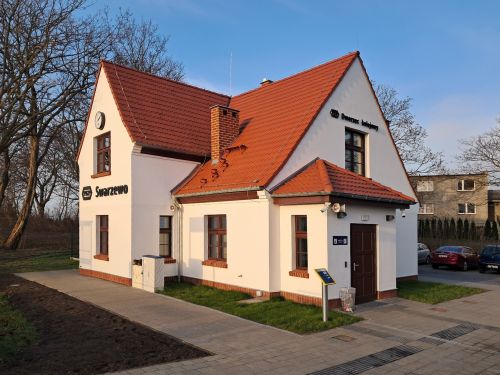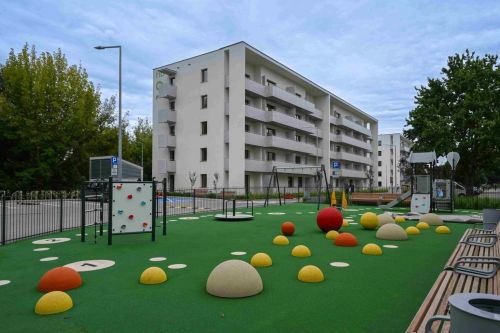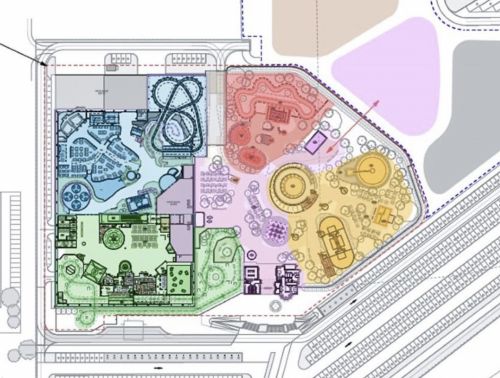Rafał Ostrowski, ‘Eurobuild CEE’: Your company was set up last October. What exactly do you do?
Mariusz Pultyn, board member for technology, Digital Teammates: Our company produces software robots and hires them out to business services centres. Robots are ideal for performing the most mundane, mind-numbing office tasks – the kind of repetitive and tedious work that is still generally carried out by humans and probably shouldn’t be. This type of work does not require creativity – it’s basically just processing. And due to its routine character, it is susceptible to error, thus generating additional costs for the organisation.
What tasks are those?
In the financial sector: inputting bank transfers, posting, transferring data from one system to another, and monitoring loan agreements that are activated at specific points in time and then have to be checked to see if they have been properly executed. The cross-section of these tasks is quite broa






























































